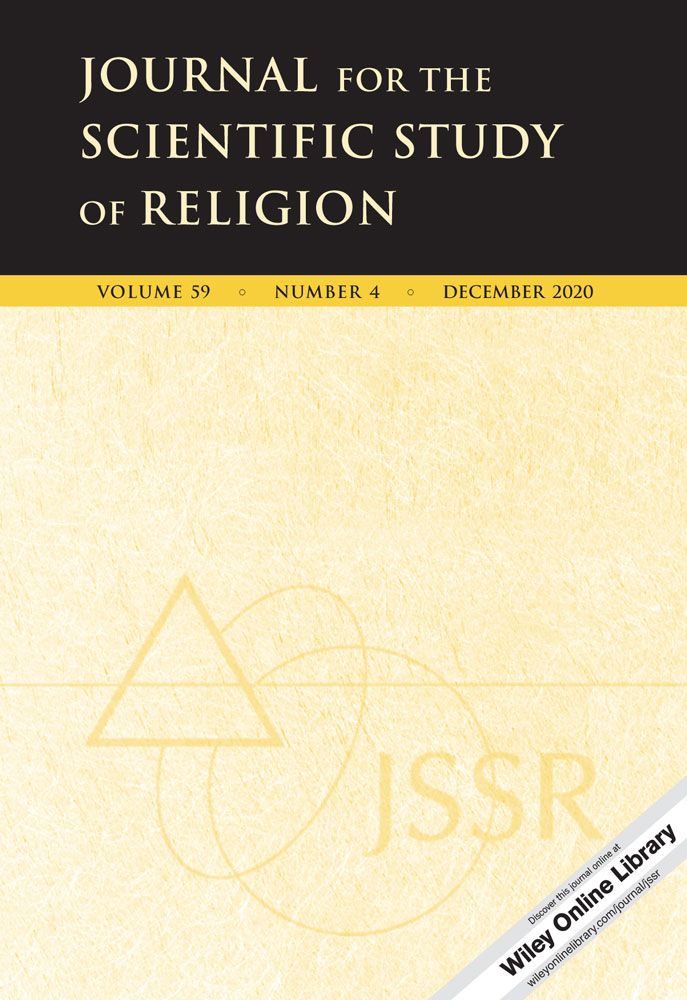Does the Bible Tell Me So? Weighing the Influence of Content versus Bias on Bible Interpretation Using Survey Experiments
Acknowledgments: The authors would like to thank the editor and four anonymous reviewers for their helpful feedback.
Abstract
Discussions of biblical interpretation often proceed under one of two assumptions. Readers’ interpretations are primarily formed (1) inductively, according to the Bible's objective content, or (2) through the lens of preformed ideologies and biases. We assessed the influence of these two factors using two survey experiments with undergraduates. In study 1 (N = 214), participants were randomly assigned one of two nearly identical translations of Ephesians 5:22-28 (a famous passage describing gendered marital submission), with the only difference being that one translation included verse 21 in which Christians are told to “submit to one another.” Participants did not perceive a different message about gendered submission between translations, nor were they more likely to interpret either as misogynistic. However, gender ideology and religious importance did predict interpretation. Study 2 (N = 217) essentially replicated study 1 (using different translations of Ephesians 5:21-28), but one version replaced all “subjection” language with “commitment” language. Participants were significantly more likely to perceive a complementarian message from the translation that referenced “subjection” and they were also more likely to perceive it as misogynistic. Again, gender ideology and religious characteristics predicted interpretation. Findings suggest bias shapes interpretation, but more extreme content modifications (e.g., removing/changing key terms) can also influence interpretation.




